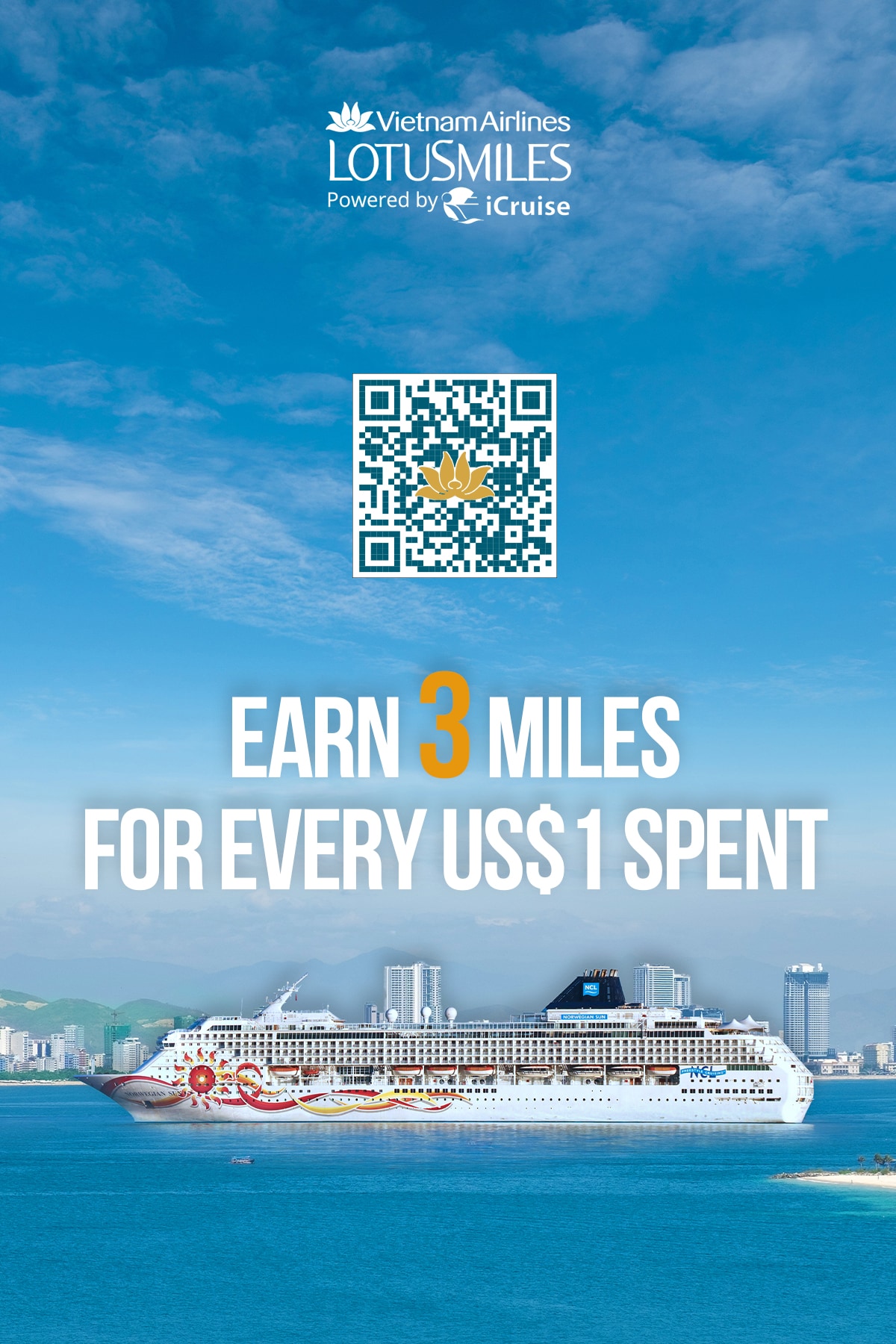Hue became the cradle of numerous royal traditions
1.3. Best Time to Visit
Hue experiences two distinct seasons: the dry season from February to August and the rainy season from September to January. The dry season is the most favourable time to visit, with temperatures ranging from 25°C to 30°C, ideal for exploring the Imperial Citadel, royal tombs, and pagodas under clear skies.
During the rainy season, temperatures drop to around 18°C to 25°C with frequent showers, adding a poetic, misty ambience to the Perfume River and ancient streets. Visitors travelling during this period are advised to bring umbrellas and light waterproof jackets to enjoy the city comfortably.
2. Top Attractions to Visit in Hue
Hue, the former imperial capital of Vietnam, offers a rich tapestry of historical landmarks, cultural sites, and natural beauty.
2.1. Imperial City (Citadel)
The Imperial City, a UNESCO World Heritage Site, served as the political and cultural heart of the Nguyen Dynasty from 1802 to 1945. Enclosed within massive stone walls and a moat, the complex includes palaces, temples, and the Purple Forbidden City, reflecting traditional Vietnamese architecture influenced by Chinese design principles.


















